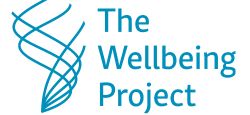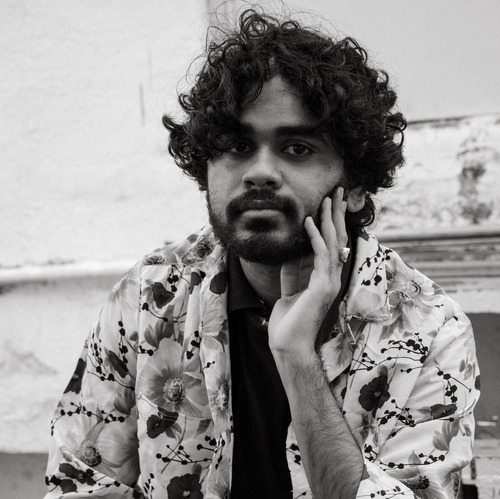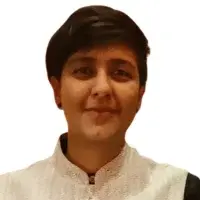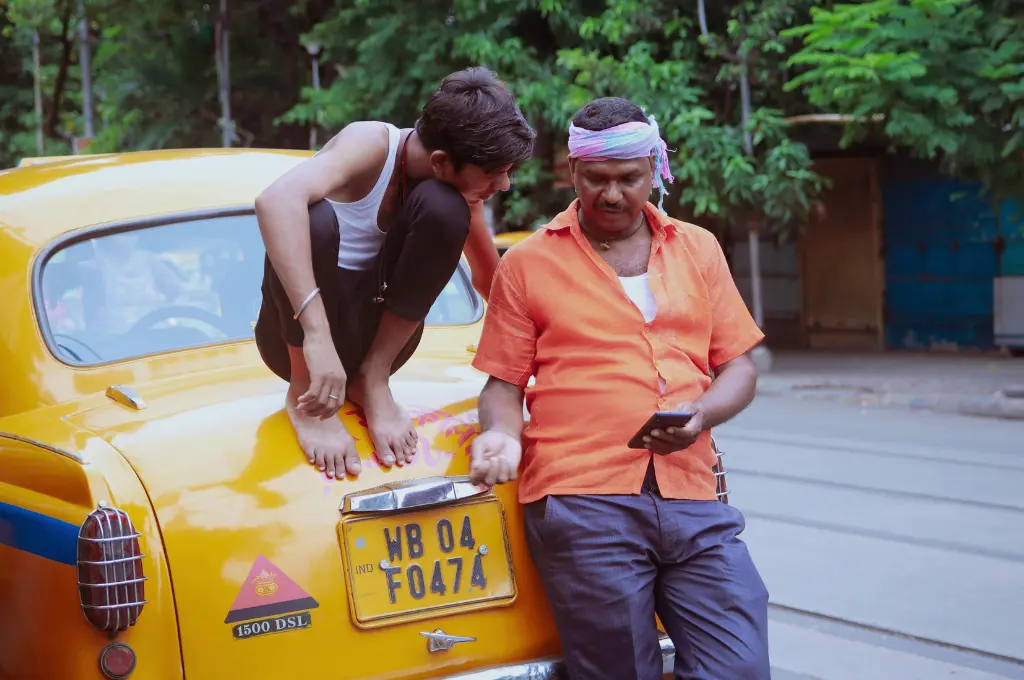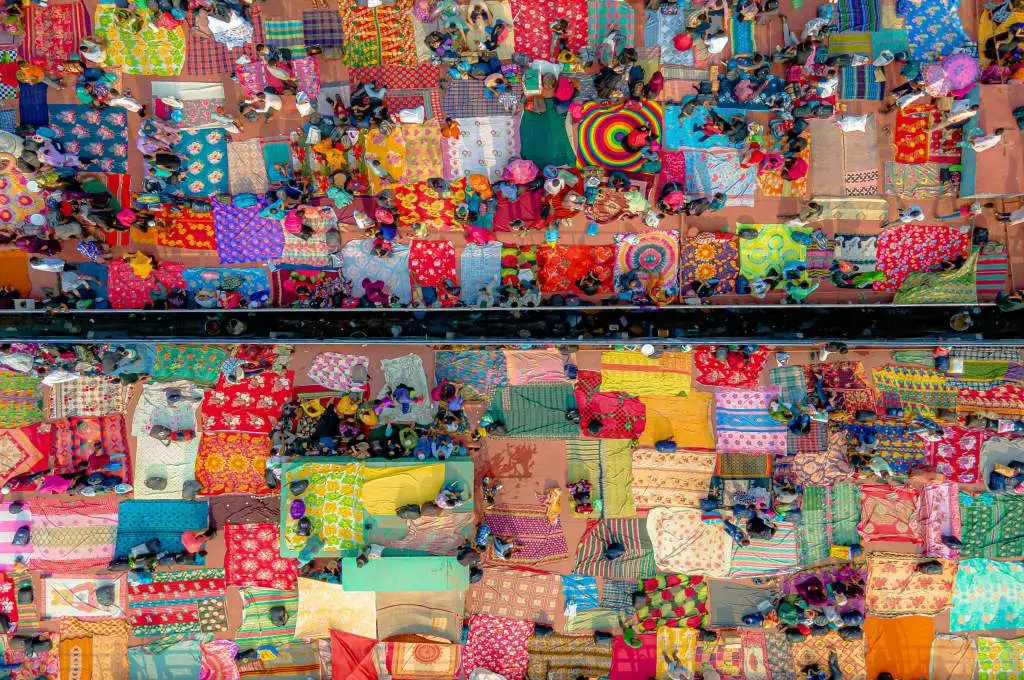Building and sustaining multi-stakeholder collaboratives is no small feat. In the social sector, many such collaborations fail before they can find their feet. However, The Wellbeing Project (TWP) serves as a valuable example for those engaged in such an effort.
TWP is a global coalition seeking to bring well-being into the mainstream of social change. It does so through research, convening multiple networks, storytelling, and hosting summits around the world. Co-creation is at the heart of TWP’s work. Originally formed in 2014 through the joint effort of six anchor institutions, the initiative has since grown to include more than 50 co-creator organisations.
TWP’s decade-long journey has not always been smooth sailing. From the complexities of fostering a common understanding around the work to cultivating trust between members, balancing diverse organisational missions, and building their own team and internal base, TWP’s experience offers a wealth of insights. In this interview, Aaron Pereira and Sandrine Woitrin, co-leads of the project for most of the decade, and Bill Kelly, a key member of the project’s Stewardship Council, reflect on the practical realities of building a global collaborative.
At the beginning, what did you underestimate about building a multi-partner initiative like this?
Aaron: One of the things we underestimated was the amount of time that it would take. At the outset, we realised that our role as a catalyst is not to become a large global organisation. It’s really to encourage many organisations and individuals to adopt a culture of inner well-being. To get to that place requires working with many others. When we first started, we drew up a three- to four-year timeline, expecting that others would pick it up beyond that. That was a big underestimation on our part.
When you’re focused on catalysing and working in a collaborative way, you move at the speed of your relationships. For us, that meant we had to move together in a way that was strategic and methodical.
Sandrine: It takes time for co-creators to understand a topic. A common understanding is built over time through the work, conversations, and immersion.
Bill: Each of our co-creators also has their own principal mission. Doing a lot of listening—mainly on Aaron and Sandrine’s part—was crucial to understanding where these institutions were coming from, what they could bring to the project, and to get to know their lead representatives.
It appeared to us that trying to force all this into a shorter time frame would not work. Bringing everyone on board required listening, talking to the co-creators, and reviewing documents and strategies. As Aaron said, it just ended up taking a lot more time, but it paid off.
Aaron: When we started the process, we spoke to others who had tried to co-create initiatives that didn’t end up working. We wanted to understand the lessons they learned. But because many such initiatives fall apart quickly, one thing we had to learn through doing was that you have to stay in very tight communication with people. We did this by setting up calls with representatives from each organisation every week or every other week.
When you look at that over a three- or four-year period, that’s a significant amount of communication.
What exactly do you mean by co-creation? What does it look like in practice?
Aaron: We put a framework in place to outline what it meant to co-create. It started with the idea that shifting the culture around well-being can only happen when multiple organisations come together.
At the beginning, we approached organisations saying: “This is the issue in the field—there’s a need for a different culture. What do you think should be done?” They saw different pieces they could bring based on their capacities and competencies. We needed to define a framework to hold the structure together.
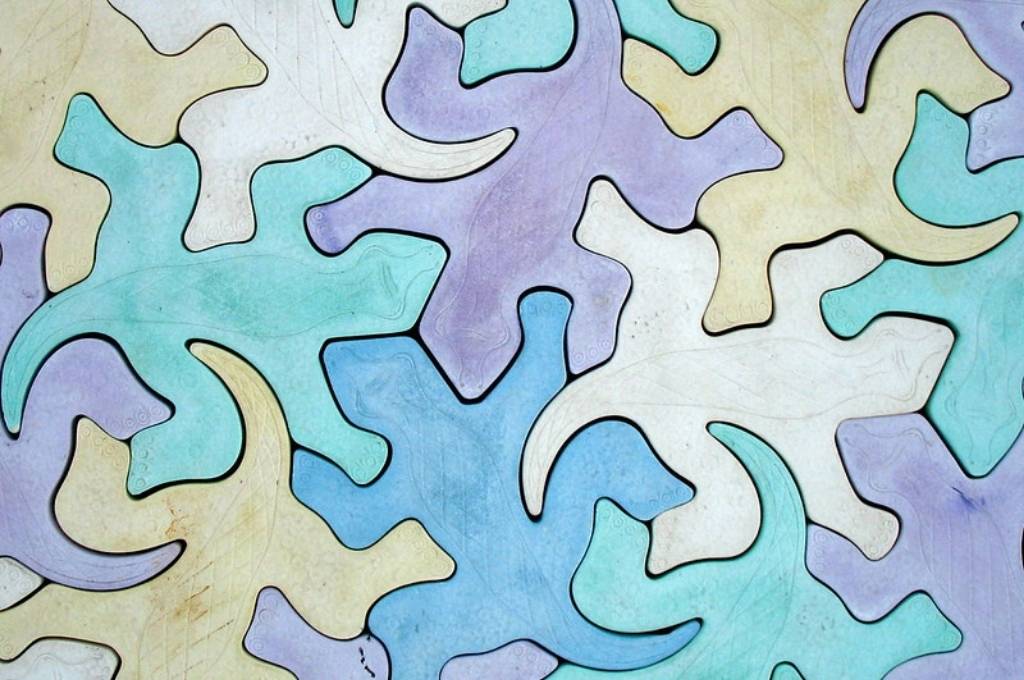
Sandrine: It’s essential to start with a clear framework for collaboration. To this end, it was critical that we built out a governing document. It set common rules, defined responsibilities, and created a safe, trust-based space. This clarity helped build equality and mutual understanding among participants.
Aaron: Everyone was given an equal voice when it came to the overall strategic framework and the governing document. We had to unanimously agree on that. Once the framework was set, different pieces were taken on by different co-creators or done in partnership, and they were given room to run with those—as long as they fit within the strategic framework. We updated everyone regularly. From time to time, strategic or reflective questions would come up, and we’d run those by everyone to maintain consensus and bring in everyone’s insight.
Bill: The governing document was developed based on an acknowledgement of the need to put everything into a framework so that everyone—co-creators and staff alike—could understand and sign off on our mission and how we would work together to achieve it.
Early versions laid out details of the work each co-creator was doing under the umbrella. The document covered everything from the need for unanimity to amend it to fiduciary responsibilities, financial accountability, and more. This living document evolved as the project evolved. Aaron, our colleague Peter Mortifee, and I served as a governance working group. We reviewed the document every quarter, modified it substantially based on feedback from co-creators and other advisers, and sought unanimous agreement from the co-creators for making the changes.
Aaron: The aspect of unanimous decision-making was really critical. Everything strategic had to be decided unanimously, and that is still how it works today with our Stewardship Council. To set that up as a decision-making mechanism meant we really had to do the hard work of listening to everyone and fostering trust. People warned us at the outset that it would be a very hard, or even dangerous, mechanism to set up. But I think it was one of the most interesting pieces that, counterintuitively, ended up making this work.
You’ve spoken about the importance of listening and unanimous decision-making. Were there any other ways in which you handled early tensions between leaders?
Aaron: One of the most important pieces for us was creating a sense of trust at the centre. Part of that involved Sandrine and I taking on some of the more challenging conversations on behalf of others or the group.
For example, we had one co-creator who felt strongly that we should focus on two or three communities, while another wanted to include a fourth. We’d go behind the scenes, create a space where both of them felt heard, and negotiate between them. We acted as intermediaries, which meant we needed to be and be seen as honest brokers—respectful and listening.
It also helped that TWP was not a funder, so people didn’t come to us expecting grants. Additionally, both Sandrine and I were very comfortable saying ‘no’ to funders. For example, of the two funders we had in the co-creator mix, one wanted to reallocate funding from one of its grantee nonprofits (which was also a co-creator) to TWP. Naturally, the grantee was not pleased with this idea. We were comfortable saying ‘no’ to this funder because such a reallocation wouldn’t be appropriate and would create a sense of unequal power dynamics right from outset. Through actions like this, we were able to build trust.
Sandrine: This trust was reinforced because we shared both the good and the more challenging aspects of the work with the co-creators. This sometimes presented us in a vulnerable light. But it also engendered a feeling of transparency, enabling the co-creators to also mentor or support us in certain situations.
What are some of your other learnings from this journey?
Sandrine: Trying a unique approach to address a relatively underexplored issue can be difficult because you first need people to understand and buy into what you’re trying to do. We were early with the subject [of well-being]—both in our development as an organisation and in the innovative way we were organised as a co-creation. It was a triple challenge.
Fundraising was, therefore, challenging, as was setting up a staff capable of evolving at the speed of the project. Working globally required us to speak a language that everyone in different parts of the world could understand. Take the vocabulary we use to explain our work, for example. Even the term ‘well-being’ has different connotations in different parts of the world. In some parts of the world, it reflects a deep sense of being well. In others, especially when translated, it can take on a much lighter meaning. So working across different geographies meant making trade-offs we were comfortable with, and being mindful of how language could affect communication.
Aaron: Besides the time and effort that such an initiative can take, another lesson for us concerned the lack of funding for efforts that seek to catalyse change in ways that are different. We found that many funders looked at our structure and said, “This is interesting, but it doesn’t fit any model we have.” The funding ecosystem wasn’t set up for such an approach—it still largely isn’t. But I’m glad we took the approach we did. It’s been emergent and collaborative.
People also saw that we were working with big, established organisations and assumed that we were well-funded. That wasn’t the case. While the collective effort enabled us to do a lot, this assumption made raising funds much harder.
Another big learning for us was related to TWP’s cycles. Initially, we set it up for three or four years, expecting it to end. Once we reached the end of the initial cycle, we underwent a year-long deliberation and listening process and made the unanimous decision to extend the project for three more years. We then set out to raise significant funding. However, fundraising can’t happen overnight—it operates in 12-, 18-, or 24-month cycles. As a result, sustaining TWP between the first and second cycle was painful.
Since we initially thought the project would end in three or four years, we also didn’t build an infrastructure for the long term. It took us another year or two to build a strong people-and-culture team and other key internal pillars, including setting up organisational and legal structures. This could have happened two years earlier. You can remain emergent, but if things continue for more than three or four years, you really need a solid internal foundation.
Bill: Fiduciary duties, accounting, and similar aspects required extreme care and a significant time commitment to establish. It wasn’t immediately obvious to funders that we had treated these needs with careful consideration, so explaining our controls was unnecessarily complex internally and externally. We eventually streamlined and augmented these processes, making them more easily transparent for funders.
If you were giving advice to someone building a cross-sector collective in the future, what would you tell them to do?
Sandrine: Bring the right people on board, be patient, and always listen. I’d also say ‘Have a clear mission’, but an interesting element was that we needed time to get to having a clear mission statement. So we started with a sense of intent and discovery. And then as we all better understood the subject, we finally arrived in a place where we could collectively articulate a mission statement. But when it was time, it emerged with incredible clarity.
Aaron: Learning from others’ lessons was extremely helpful for us. At the start, we talked to many people about what had and hadn’t worked in similar efforts. Seeing these things in advance and knowing what to expect was invaluable.
Additionally, having experience in the social change space—knowing the context, players, and dynamics—helped immensely. It allowed us to focus on the work, not personal glory, and spotlight the co-creators. That mindset was crucial.
Bill: We focused on being a movement, not just an organisation. We conducted interviews with dozens of effective movements, took notes, and reflected on their successes and challenges. Comparing their goals and compositions to ours provided valuable insights.
—
Know more
- Read this article on the relationship between inner well-being and social change.
- Learn more about how individual mental health depends on collective well-being.
